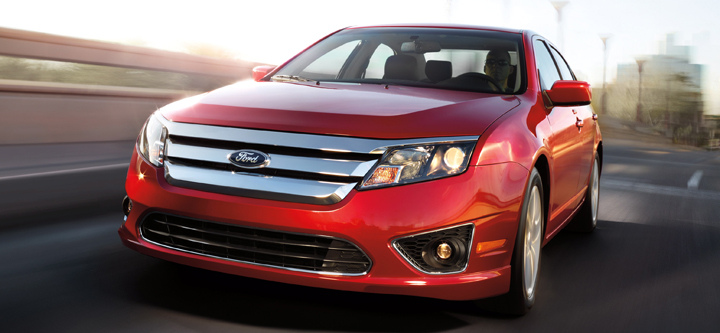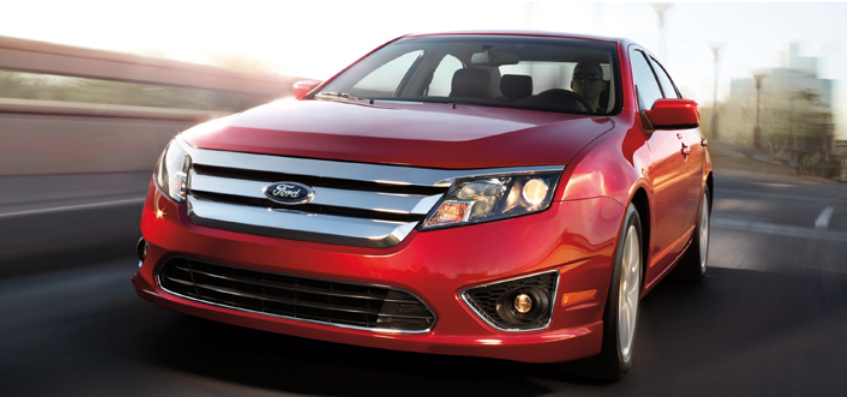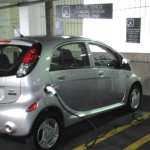
Colleague Ed Piotrowski recently noted seeing more and more hybrid vehicles “flying down the highway with nearly reckless abandon.” I see that here in Phoenix as well, and I’ll bet it’s happening all over the country.
How Hybrids Work
I’d guess these leadfoots think they can afford to drive faster than they otherwise would because of their hybrid’s high mpg ratings. They’re wrong. Hybrid-drive systems by their very nature are most efficient at relatively low speeds, say up to 50 mph–that’s how hybrids work. Go much above that for very long and real-world mpg falls dramatically. This helps explain why hybrids typically earn higher EPA ratings for city driving versus highway driving, although the test procedure that yields these numbers bears little relation to how most people actually drive.
It’s important to note that hybrids were originally developed not for max fuel economy but in response to the tighter emissions standards that California set in the 1990s. The idea was to force . . . er, encourage automakers to sell more “clean” vehicles in that sprawling auto-centric state, including pure electrics like General Motors’ embryonic EV1. Trust me. I was there. The related mpg benefit was almost incidental until hybrid pioneers Honda and Toyota realized that it was at least as much a sales draw as it was about lowering pollution, and they shifted their marketing to suit.
6 Cool Things about the Chrysler Pacifica Hybrid
Ed is absolutely right in saying that “a Honda Civic Hybrid traveling 80 mph is still probably using less gas than a Dodge Durango going 60.” The thing is, it’s using more gas at 80 than it would at, say, 65 or 70 mph, just like an ordinary car. Why? Because at those speeds a Civic Hybrid or Toyota Prius pretty much is an ordinary car, running largely on its combustion engine. In that situation, the battery-powered motor serves mainly as an on-demand “electric turbocharger”—provided the battery has sufficient juice.
The fact is that with the possible exception of the $100K Fisker Karma, hybrids are not very good either as city-oriented part-time electrics or as all-purpose combustion vehicles. They’re a costly, over-complicated compromise that have never made sense to me, especially now that conventional powertrains have become so much more miserly.
Test Drive Gallery: 2022 Toyota Sienna XSE Hybrid
That point was driven home to me by a recent Car and Driver comparison test between the Chevrolet Volt, arguably the state of the hybrid art, and the Chevrolet Cruze Eco, an orthodox compact optimized for economy. Though they share a platform and rely on similar gasoline engines, they returned nearly identical fuel economy, except that the Cruze did it for about half what the Volt cost. You can’t plug it in, but so what? Unless your power comes from a hydroelectric source, a Volt isn’t doing all that much for cleaner air even if you seldom use the range-extender engine.
And there’s something else. According to a recent New York Times article, the Volt takes nearly 27 years to pay back its higher purchase price in fuel savings versus the Eco, which needs only 4.4 years versus a regular Cruze. A Prius starts paying back after just 1.8 years, but that’s compared with a conventional 4-cylinder Toyota Camry, a larger, midsize car. By the way, those calculations assume gas selling at $3.85 a gallon. Any bets on seeing that again?
In short, if you’re among the 99 percent and looking to save money, get a conventional car with good rated mileage instead of its hybrid equivalent—and then forget the EPA numbers. In my experience, the mpg difference is often pretty much a wash, provided you drive the normal car sensibly.
Of course, you can always spend more for the hybrid and make like Danica Patrick on the freeway, thinking you’re ahead of the game, but I hope you don’t. There are too many scary NASCAR wannabes around already.
How Hybrids Work
How Hybrids Work



